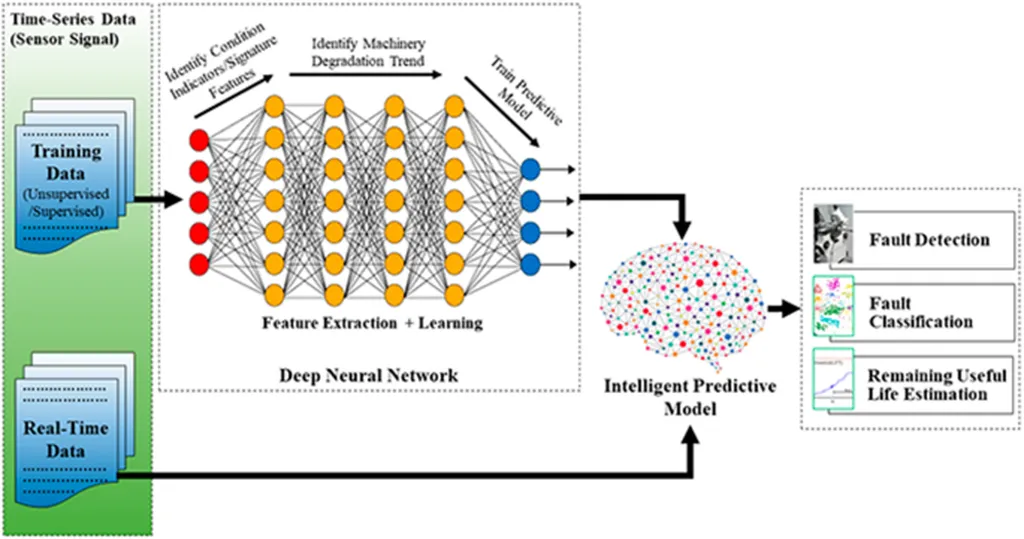In a groundbreaking development for the energy sector, researchers have unveiled a novel approach to diagnosing and classifying power grid loads using non-active current data. This innovative method, detailed in a recent study published in the journal *Energies*, opens new avenues for enhancing grid stability, energy efficiency, and load monitoring.
The research, led by Andrea Mariscotti from the Department of Electrical, Electronic and Telecommunications Engineering, and Naval Architecture (DITEN) at the University of Genova, Italy, focuses on analyzing waveform-distortion data in the time domain. By leveraging deep learning techniques, the team has successfully identified patterns and anomalies in the latent space, providing valuable insights into load behavior and grid performance.
“Our approach exploits non-active current, which has not been extensively explored for load diagnostics,” Mariscotti explained. “By using a deep autoencoder for feature extraction and k-means clustering for pattern identification, we can evaluate the relationship between physical system operations and distortion phenomena.”
The study’s methodology involves processing data through a deep autoencoder to extract features, followed by clustering via k-means. This unsupervised learning approach enables the identification of patterns and anomalies, such as abnormal distortions and transients. The Euclidean distance (ED) is used to measure the diversity and pertinence of observations within pattern groups, allowing for the classification of new data based on proximity to centroids.
One of the most compelling aspects of this research is its potential for commercial applications. The method achieved a balanced accuracy of 96.46% under normal conditions when tested with a 1D-CNN (one-dimensional convolutional neural network). Additionally, the ED and 1D-CNN methods demonstrated an 89.56% agreement in identifying normal states when applied to an additional unlabeled dataset.
Grad-CAM, a technique used to visualize and interpret the 1D-CNN’s predictions, quantitatively identifies the waveform parts that influence the model’s decisions. This enhances the interpretability of the classification results, providing a deeper understanding of load operation and anomalies that affect grid stability and energy efficiency.
“The ability to automatically and unsupervisedly assess load behavior, including transient detection and power-quality issues, is a game-changer for the energy sector,” Mariscotti noted. “This method can be applied to load identification and classification for non-intrusive load monitoring, ultimately improving energy efficiency and grid stability.”
The research has been further validated for general applicability with data from different scenarios, such as the charging of electric vehicles. This versatility highlights the method’s potential for widespread adoption in various energy-related applications.
As the energy sector continues to evolve, the integration of advanced machine learning techniques like those described in this study will play a crucial role in optimizing grid performance and enhancing energy efficiency. The findings not only contribute to the academic community but also offer practical solutions for industry professionals seeking to improve load monitoring and grid stability.
In a rapidly changing energy landscape, this research provides a glimpse into the future of smart grids and the critical role that data-driven approaches will play in shaping the sector’s development.

